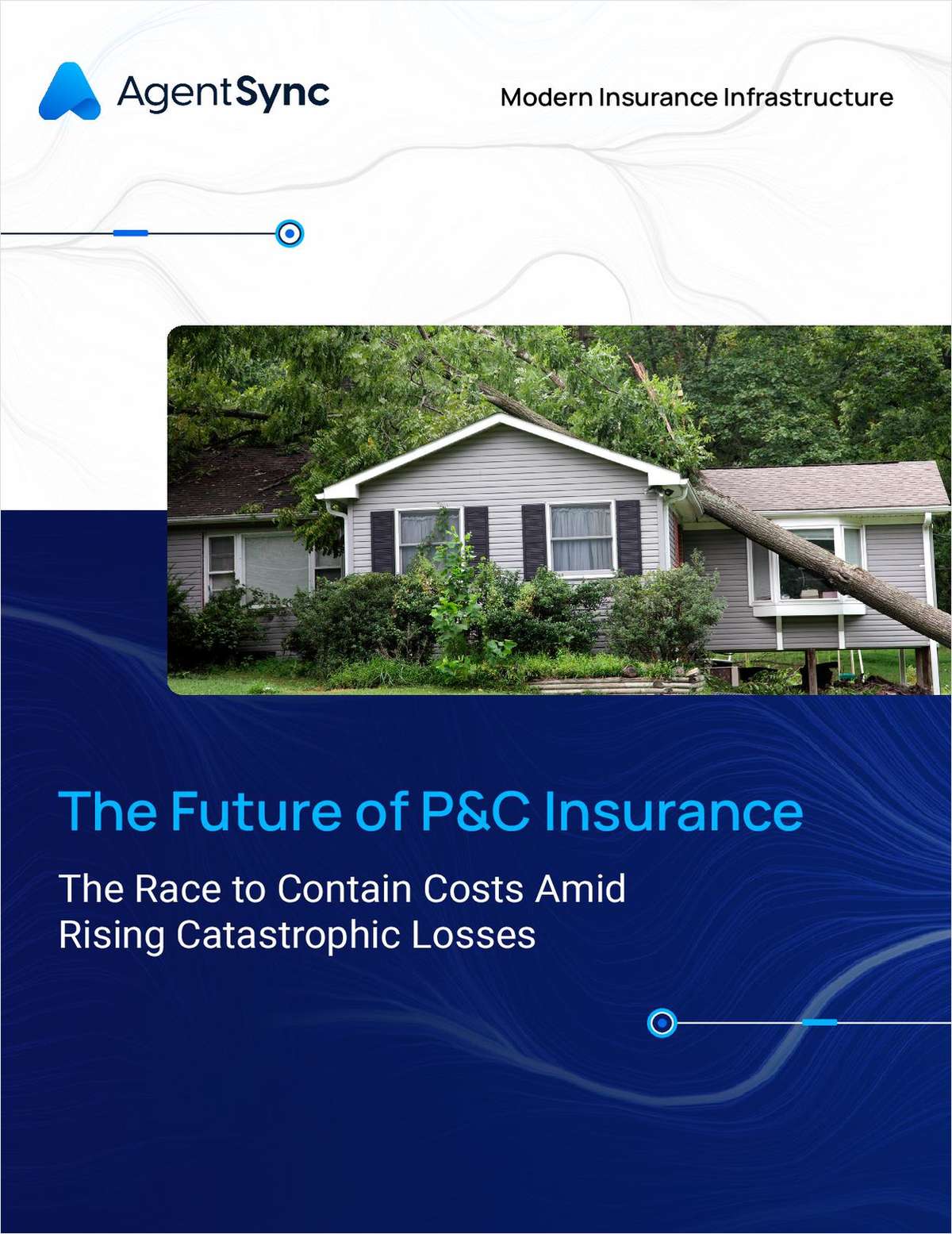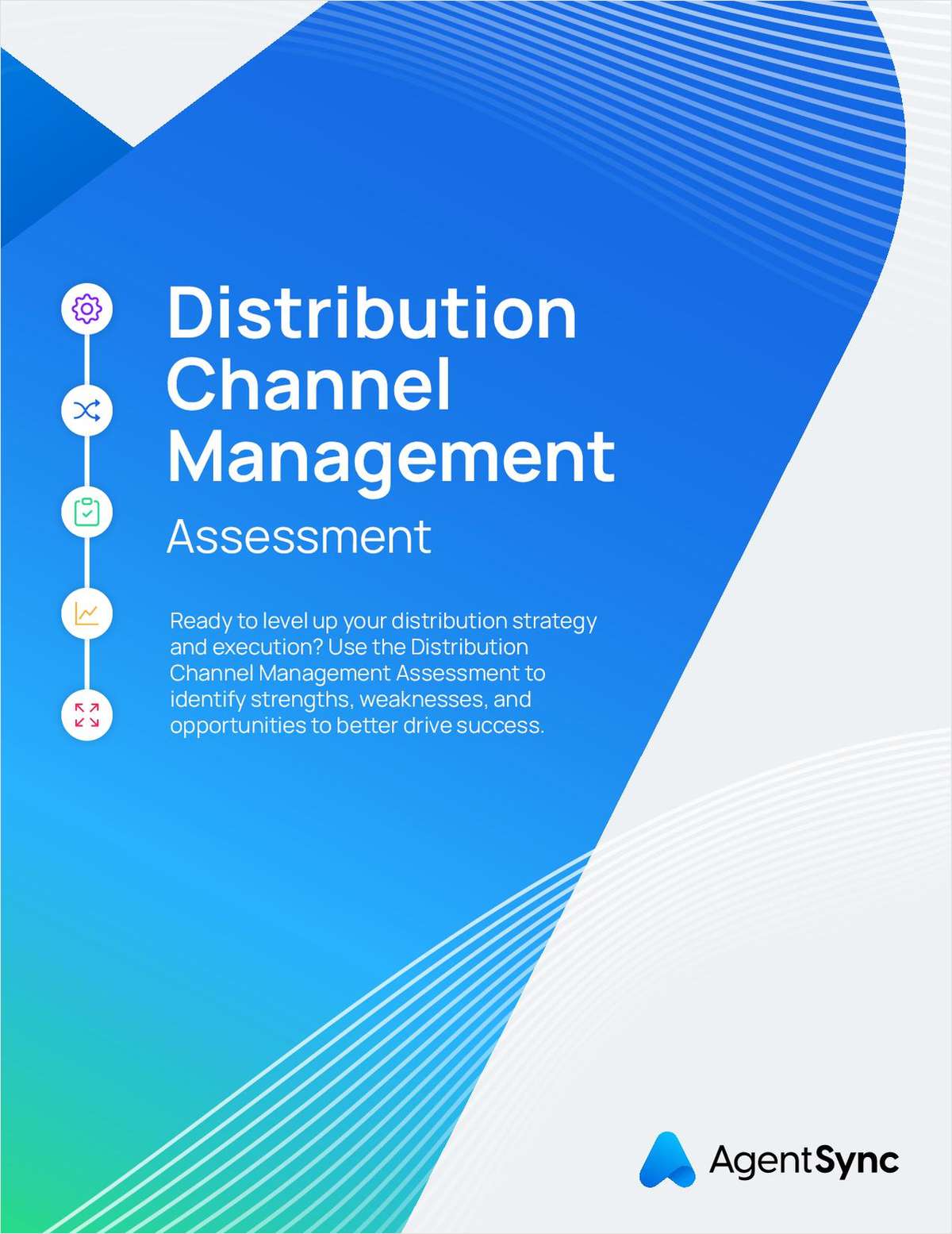While private U.S. property and casualty insurers' 2010 net income rose to $34.7 billion from $28.7 billion the year before, the industry's net losses on underwriting for the year grew $7.4 billion compared to 2009.
An analysis by ISO and the Property Casualty Insurers Association of America (PCI) shows that 2010 policyholders' surplus rose 8.9 percent to $556.9 billion. Insurers' rate of return on average policyholders' surplus increased to 6.5 percent compared to 5.9 percent in 2009.
 Excluding the downward pressure from mortgage and financial-guaranty insurers, the rate of return is 7.5 percent, up from 7.4 percent in 2009.
Excluding the downward pressure from mortgage and financial-guaranty insurers, the rate of return is 7.5 percent, up from 7.4 percent in 2009.
But while David Sampson, PCI president and CEO, says the results show that the industry is well positioned to meet the needs of insureds, he also notes that results are not yet where they need to be. “Despite the increases in insurers' net income and overall rate of return in 2010, insurers' results remained subpar,” he says in a statement.
He notes that the 6.5 percent rate of return is less than the 6.9 percent average rate of return for the past 10 years, and well under the 9.1 percent average for the 52 years from 1959 to 2010.
Michael R. Murray, ISO assistant vice president for financial analysis, says positive views on the economy contributed to positive developments in financial markets, benefiting insurers' investments. However, he notes that insurers “continue to face substantial headwinds in their core business—underwriting—with prices yet to firm in many commercial-insurance markets despite rising loss and loss-adjustment expenses.”
Net losses on underwriting for 2010 were $10.4 billion. Net premiums were $422.1 billion for the year, up $3.7 billion from 2009, but net earned premiums dropped by $1.8 billion to $420.5 billion.
Net loss and loss-adjustment expenses (LLAE) rose by $2.8 billion in 2010 to $309.1 billion. ISO says it estimates that LLAE from U.S. catastrophes rose by $2.7 billion in 2010 to $14.3 billion. ISO's Property Claim Services (PCS) unit notes that 2010 U.S. catastrophes caused $13.8 billion in direct insured losses, before reinsurance recoveries, from all insurers, including residual markets and foreign insurers.
The 2010 combined ratio for U.S. insurers was 102.4, up from 101 in 2009.
Insurance Information Institute President Robert Hartwig offers a positive assessment of the results. “While underwriting losses deteriorated marginally, the industry is still operating on a close to breakeven basis, with a combined ratio of 100.8 after excluding mortgage and financial guaranty insurers,” he says.
“Positive premium growth for the year—at 0.9 percent—is the first since 2006 and confirms that the era of mass-exposure destruction in the [P&C] insurance industry is finally over, with demand for insurance now beginning to stabilize and recover in the aftermath of the 'Great Recession.'”
“Still, the current profit recovery must be kept in perspective,” he notes. “While net income is once again growing, even a 7.5 percent rate of return [excluding mortgage and financial guaranty insurers] is inadequate for many insurers.”
As for investment results, insurers' 2010 net investment income rose slightly to $47.2 billion compared to $47.1 billion in 2009.
PCI's Sampson says, “Unfortunately, insurers' net investment income in 2010 was even more anemic than it appears. The [less than] $0.2 billion increase reflects $1.3 billion that one insurer received from a newly acquired affiliate outside the insurance space.”
He adds, “Prospectively, there is still some risk that insurers' investment income will decline as they replace maturing bonds paying relatively high yields with new bonds paying lower yields.”
Insurers saw a sizable swing in realized capital gains, however. The $5.7 billion in gains represents a $13.6 billion swing from 2009's $7.9 billion in realized capital losses on investments.
The analysis notes, “Combining the $5.7 billion in realized capital gains in 2010 with $15.6 billion in unrealized capital gains during the period, insurers posted $21.3 billion in overall capital gains in 2010—a $6.1 billion increase compared to insurers' $15.2 billion in overall capital gains on investments in 2009.”
Want to continue reading?
Become a Free PropertyCasualty360 Digital Reader
Your access to unlimited PropertyCasualty360 content isn’t changing.
Once you are an ALM digital member, you’ll receive:
- Breaking insurance news and analysis, on-site and via our newsletters and custom alerts
- Weekly Insurance Speak podcast featuring exclusive interviews with industry leaders
- Educational webcasts, white papers, and ebooks from industry thought leaders
- Critical converage of the employee benefits and financial advisory markets on our other ALM sites, BenefitsPRO and ThinkAdvisor
Already have an account? Sign In Now
© 2025 ALM Global, LLC, All Rights Reserved. Request academic re-use from www.copyright.com. All other uses, submit a request to [email protected]. For more information visit Asset & Logo Licensing.








